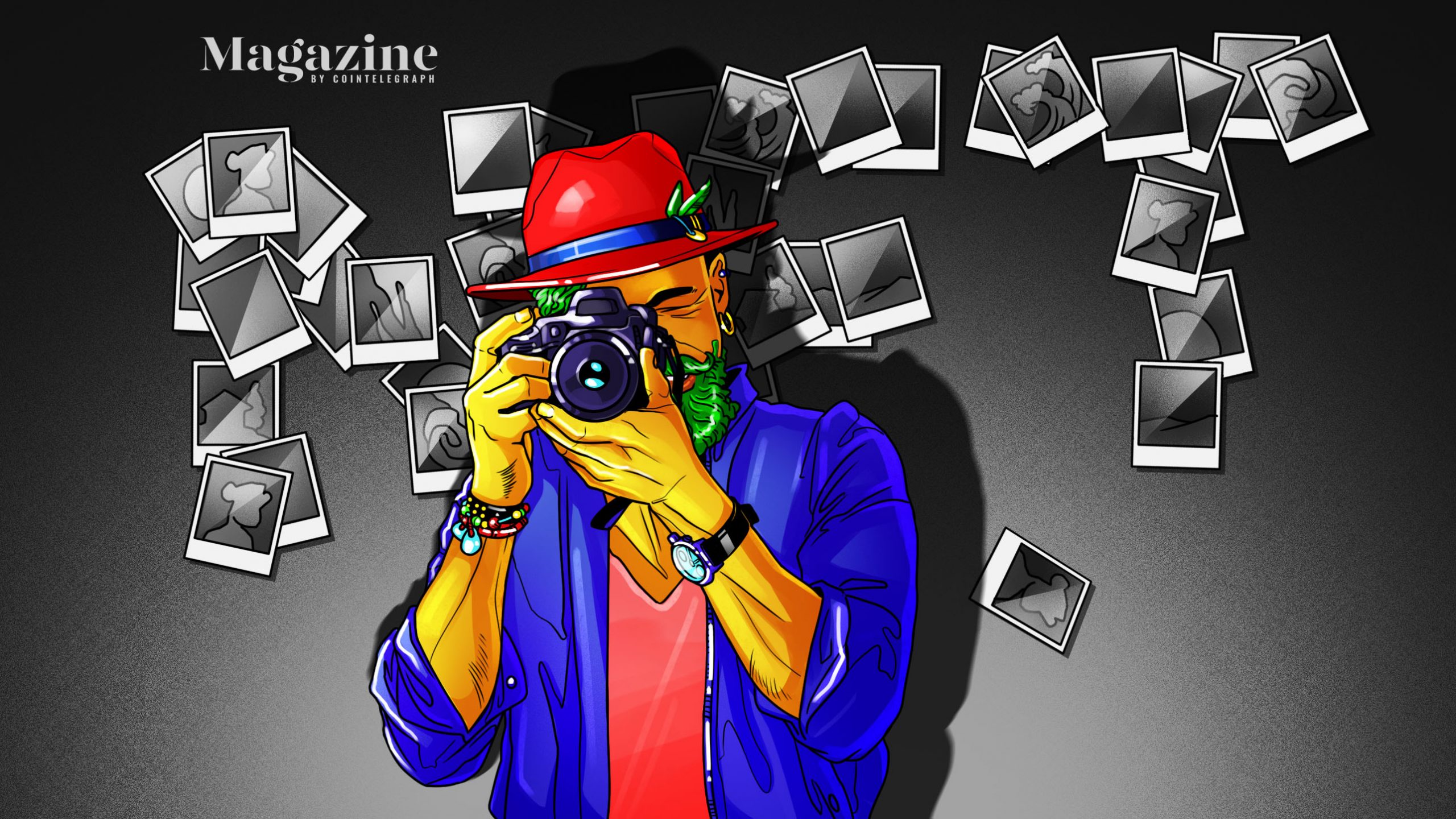Photography often has to weather disruptive changes — from film to digital, for example — and photographers find themselves needing to master new tech
Photography often has to weather disruptive changes — from film to digital, for example — and photographers find themselves needing to master new technologies or face losing out to more tech-savvy competitors. NFTs are just another transformation in how we consume images. Can photographers adapt and benefit from them?

Back in the dark ages
I go back a long time in photography. To the dark ages — or at least the darkroom ages, to be more precise — when images were analog and negatives or color transparencies had to be developed through some arcane magical process I didn’t quite understand. If you had told me you had to wave a Harry Potter wand and shout “Developus!” I would have believed you.
You could make a decent living as a professional photographer in those days. There were a lot of career avenues: portrait shops on High Street, highly paid advertising and fashion photographers, local newspapers employed “snappers,” and specialist travel or nature photographers could make money from magazines and TV.
During the 1990s, there was a huge, disruptive transformation from film to digital imaging. Anyone could do it, and smartphones started to outperform many cameras. The culture changed so that a selfie was more valid than something beautifully lit in a studio. Local newspapers folded or stopped employing professionals. It became a hard slog for many talented people. Stock photography sites cut prices and now sell images for only a few dollars, of which the photographer is lucky to get 20%.
I have noticed that the photographers who are successful are good at marketing. Many people are talented, but you have to ensure that your work is in front of the right people to make money. It’s especially important in the brave new world of NFTs, which have become popular with the art and photography communities, even among those who know virtually nothing about crypto.
How do you go about it?
Anyone can go out with their camera or smartphone and take a picture. Then you “mint,” turn it into an NFT, showcase it on a platform like OpenSea, and wait for buyers to come in… Is it really that simple? As it turns out, no, it’s not — even though you’ll sometimes hear things like this:
“June 2021 was just crazy: I had some collections completely sold out. In the short period of time till August or perhaps early September, the market was peaking. I sold maybe 50 pieces in one day!” says photographer Jan Erik Waider.
Waider is a fine art and landscape photographer. Based in Hamburg, he has a fascination with the arctic regions and an interest in technology.
Some years ago, I came across his work through his Northlandscapes “presets” for the professional photographer’s tool of choice, Adobe Lightroom.

Waider created his images with a set of filters for Lightroom, and he realized that other photographers would benefit from them. So, you can buy them as plug-ins for the application. They can speed up complex post-production of landscape images quite a bit. They are also customizable, so you can tweak them to fit your particular vision.
Before he took the leap into full-time professional photography around five years ago, Waider was involved in design and marketing, so he has a firm grasp of the importance of reaching out to find an audience.
As a technophile, he got interested in crypto in the early days. “I love to try out new things that pop up here and there. About eight or nine years ago, I got into Bitcoin. Then I stumbled upon NFTs, maybe earlier than some of my colleagues because I wanted to try them out and see where they took me.”
When he started creating NFTs, few photographic artworks were on platforms like OpenSea or Rarible.
“I was listening to a lot of YouTube crypto channels, and people started talking about NFTs in 2019,” he says. “I was interested but cautious. It kept growing, so I decided to put up three single works to try it out.”
“I quickly realized that you have to be active, connect with collectors, so I was tweeting five times a day. I was posting constantly, using optimization tools, but it was still exhausting [laughs].”
For an old-school photographer, it’s an entirely new marketplace with new rules. People who collect NFTs would probably never go into a fancy gallery to buy some art. The way to draw attention to your work is to build up a following on Twitter — and that’s it. Other social media platforms like Instagram or Facebook aren’t even in the game, according to Waider.

What are the benefits for creative people?
After a while, Waider sold a “genesis piece” — that is, the first NFT he put up online — to a collector of them…
cointelegraph.com
